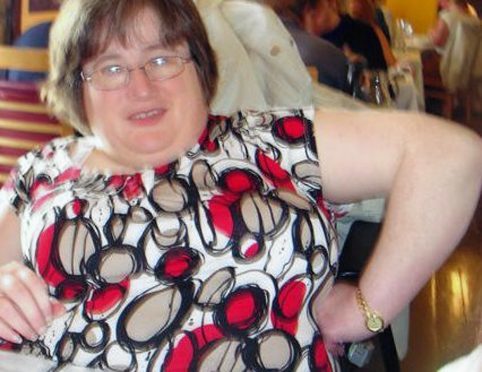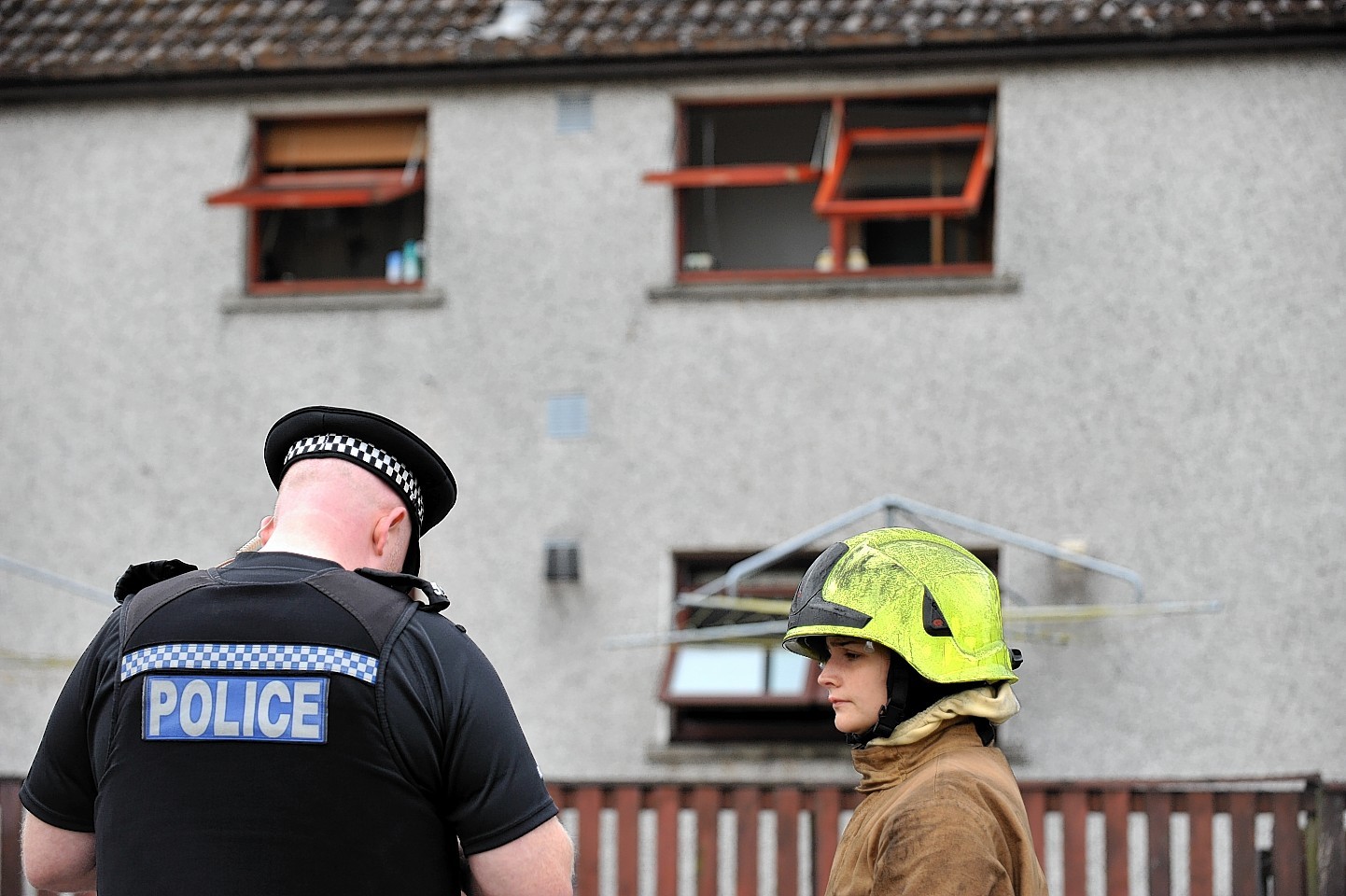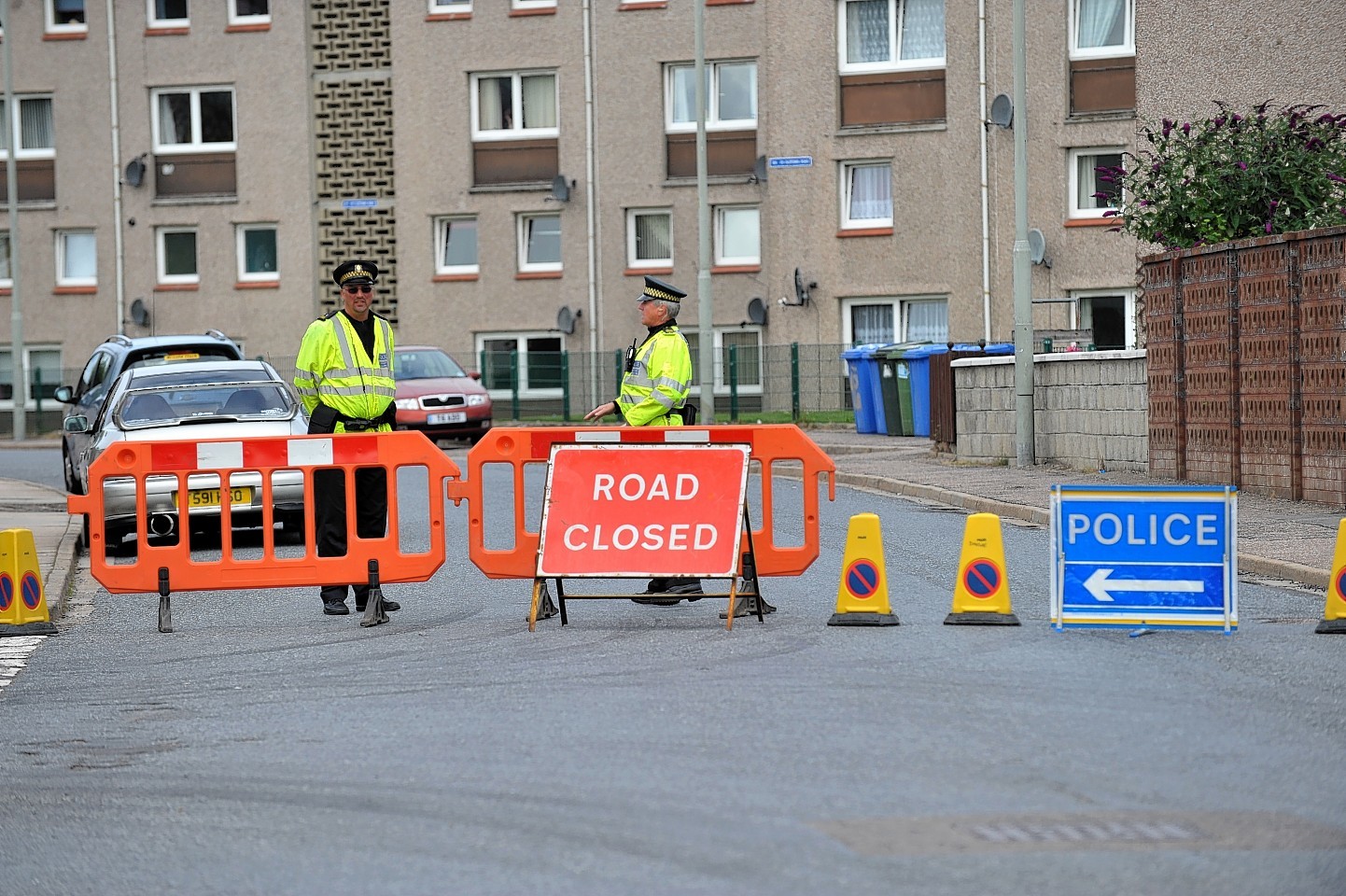A Sheriff has criticised Highland health bosses for a litany of failings in the run-up to the death of a disabled woman in a house fire.
Barbara Anderson, 51, a wheelchair user with spina bifida, died when a blaze took hold in her Inverness flat as she slept.
Investigations in the aftermath of the tragedy showed that a high-tech alarm system, managed by NHS Highland, that should have alerted a call centre to the fire failed to work.
At a fatal accident inquiry, it emerged that the Telecare system had not been linked to the property’s smoke alarms because the fitter was not properly trained – and even when the omission was spotted by another maintenance worker, it was not followed up.
Yesterday, Sheriff Gordon Fleetwood said NHS Highland’s inadequate system was to blame for the problem – but also found the error could not be blamed for the fire or Miss Anderson’s death.
In a written ruling, he said: “The evidence in this case left me in no doubt that in this case Ms Anderson was badly served by Telecare and its providers, NHS Highland.
“It would appear to be an inescapable inference from the evidence I heard that the smoke detectors in the flat were not connected to the Telecare hub on 6th August 2013. The evidence is that there was no call sent to the hub until a “mains failure” alert was received.
“From the evidence led I can only conclude that it was due to inadequacies in the record keeping system used by those administering the Telecare system.
“It was clear from the evidence that NHS Highland, whose responsibility this was as at August 2013, did not have full records of what equipment was installed where, what peripheral devices were connected to each system and what checks had been carried out on the peripheral equipment to ensure it was linked.”
Miss Anderson, who had spina bifida, was overcome by fumes after a blaze broke out in a bedroom inside her flat in Leyton Drive, Hilton, on August 6, 2013.
In his ruling, Sheriff Fleetwood said that the “accepted and discovered defects” in the telecare system “had no part to play in either the accident which led to Miss Anderson’s death or the death itself.”
He accepted evidence from Scottish Fire and Rescue Service fire investigator, Darren Lahey, who said the fire had been slow burning – possibly up to two hours – and that he would expect smoke detectors to have sounded well before the time suggested by neighbour Susan Scott, who made the 999 call at 7.44am.
On that basis, Sheriff Fleetwood concluded that the time when the smoke alarms “first registered something was amiss is unknown”, with the only credible evidence on this coming from Ms Scott.
The Sheriff added: “By that time, on Mr Lahey’s evidence Miss Anderson was almost certainly already deceased. The telecare system triggering the base unit to alert the hub therefore is not likely to have prevented the death and certainly would not have prevented the fire.
“That said, the defects in the telecare system which the inquiry revealed to be present in Miss Anderson’s flat, and from the evidence to be present in the homes of other telecare users are such that a similar tragedy could be avoided if corrected.”
The inquiry heard that a full region-wide audit was carried out as a direct response to Miss Anderson’s death, revealing that a number of other homes did not have their smoke detectors properly hooked up.
Sheriff Fleetwood concluded that a “thorough audit of the system” has taken place and that all installations and replacement of equipment is now the responsibility of the Handyperson Service of Cairn Housing, with proper procedures in place to record work done.
Yesterday an NHS Highland spokeswoman said: “From the evidence that the inquiry heard, it is clear that the service Miss Anderson received prior to her death fell below the standard she was entitled to expect from NHS Highland. NHS Highland wish to restate publicly what they have already said privately to Miss Anderson’s relatives: they apologise for the shortcomings in that care unreservedly.”


